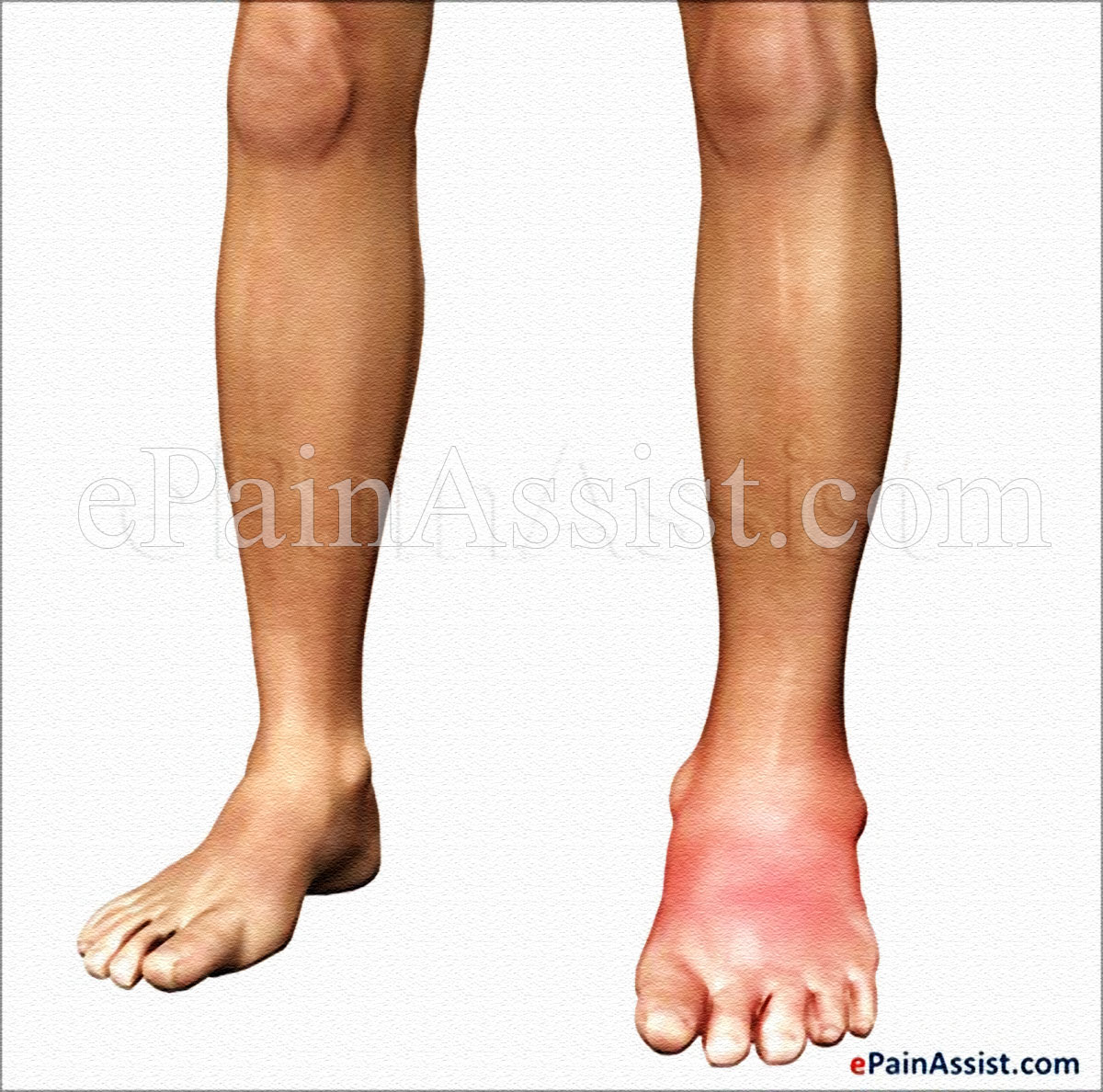A genetic change in the C1 inhibitor gene on chromosome 11 causes C1 inhibitor deficiency. C1 inhibitor deficiency attacks are often misdiagnosed for anaphylaxis and also the treatment given during anaphylaxis, such as adrenaline, antihistamines and steroids, are ineffective in this case.
Signs and Symptoms of C1 Esterase Inhibitor Deficiency

- Individuals having C1 inhibitor deficiency experience recurrent angioedema (swellings). This can last for many days if not treated promptly and can affect hands, limbs, feet, or face.
- There may be swelling in the genital regions also which may cause difficulty in passing urine for some time.
- Angioedema in internal organs causes acute pain, can be accompanied by vomiting, diarrhea or passing out. These symptoms can be mistaken for other conditions such as appendicitis.
- Swelling in the throat is usually rare, if present, is serious and life-threatening and should be treated immediately.
- Symptoms occur sporadically and when the patient is in their teens, swellings may become more common.
- Sometimes, C1 inhibitor deficiency can be asymptomatic i.e. without any symptoms.
Etiology and Risk Factors of C1 Esterase Inhibitor Deficiency
The cause for C1 inhibitor deficiency is a genetic mutation of the C1 inhibitor gene, which causes decreased C1 inhibitor production. The function of C1 inhibitor is to regulate the fluid leakage from blood vessels and prevent any excess fluid buildup (edema). Decrease or deficiency in the levels of C1 inhibitor causes edema (swelling) to occur. There are many causes of angioedema (swellings) such as allergies, medications (especially ACE inhibitors like lisinopril) or the angioedema can be idiopathic, i.e. it has no known cause.
Investigations for C1 Esterase Inhibitor Deficiency
Typical characteristics of angioedema, but without the presence of urticaria confirm the diagnosis of C1 inhibitor deficiency. The Factors Which Further Clinch The Diagnosis Are:
- A family member having C1 inhibitor deficiency.
- Blood tests revealing low levels of C4 complement and C1 inhibitor protein or function.
- Genetic tests can be done to confirm the diagnosis, but they are not customary.
Treatment for C1 Esterase Inhibitor Deficiency
The Following Medications Are Given To Decrease The Severity And Frequency of The Attacks:
- Tranexamic acid or C1 inhibitor concentrate injections such as Berinert or Cinryze.
- Other medicines such as danazol or stanozolol are very helpful, but are not recommended for children as their growth is not yet complete.
For Swellings, The Following Can Be Given
- I.V. C1 inhibitors concentrate.
- This medicine is at its most effective when it is given in the initial stages of swelling, as it usually takes several hours for the swelling to resolve.
- There are many specialist centers where the parents and older children are taught about administering the C1 inhibitor at home
- Icatibant is a substitute subcutaneous injection which is easy to give; however, its safety has not been established in children.
- With the right treatment individuals with C1 inhibitor deficiency can experience good health and lead a normal life.
